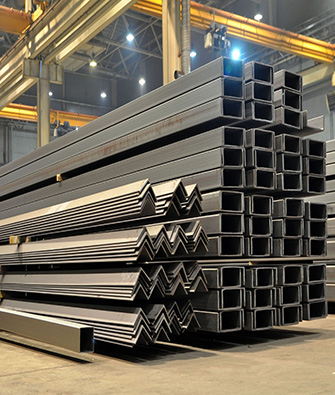Do you want to choose the right material for your seamless pipes? Given the diverse requirements across industries like oil and gas, construction, and automotive, understanding the characteristics of different materials is essential. Below are some key tips from top seamless pipe suppliers in Dubai to help you choose the right material.
Understand specific requirements:
The first step in selecting the right material is to thoroughly understand the specific requirements of your application. Consider factors such as the type of fluid being transported (liquid or gas), operating temperature, pressure conditions, and the environment (corrosive, high-temperature, or abrasive conditions). For instance, if the pipes will be used in a corrosive environment, materials with higher corrosion resistance, such as stainless steel or certain alloys, may be necessary.
Consider mechanical properties:
Different materials exhibit various mechanical properties, such as tensile strength, yield strength, and ductility. It’s essential to choose a material that can withstand the operational stresses and strains it will encounter. For high-pressure applications, materials with superior tensile strength, such as carbon steel or alloy steel, are typically preferred. Always refer to relevant industry standards (e.g., ASTM, API) to ensure the chosen material meets the necessary mechanical requirements.
Evaluate corrosion resistance:
Corrosion can significantly impact the lifespan of seamless pipes, leading to costly repairs or replacements. Assess the corrosive factors in your application, such as chemicals, moisture, and temperature variations. For environments prone to corrosion, stainless steel (particularly grades like 304 and 316) or high-alloy materials may be suitable due to their excellent resistance to rust and deterioration.
Factor in cost considerations:
While high-performance materials may offer improved durability and resistance, they often come at a higher price. It’s important to strike a balance between material performance and cost. Evaluate the total lifecycle cost, including initial investment, maintenance, and replacement costs. In some cases, investing in a higher-quality material upfront can result in long-term savings due to reduced maintenance and longer service life.
Seek expert guidance:
Steering the myriad options available for seamless pipe materials can be overwhelming. Consulting with industry experts, suppliers, or engineers who specialize in piping systems can provide invaluable insights. They can help assess your specific needs, recommend suitable materials, and ensure compliance with industry standards.
